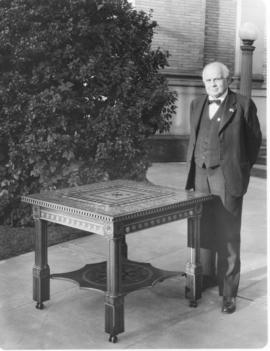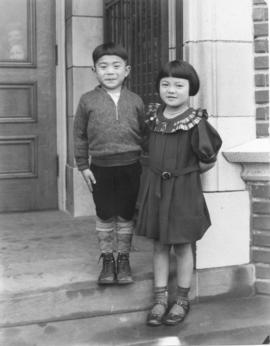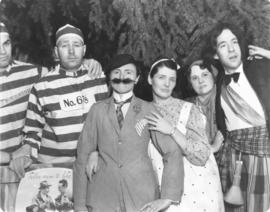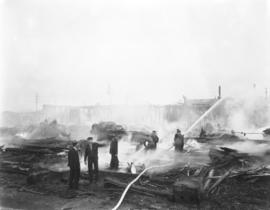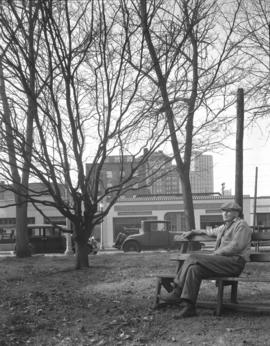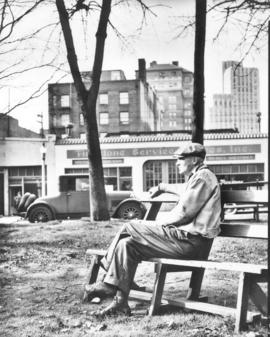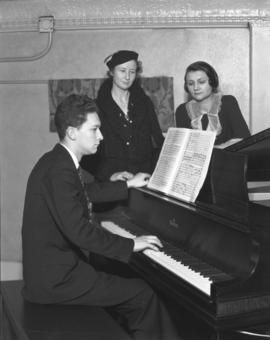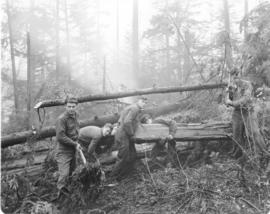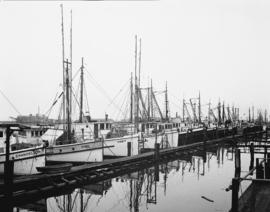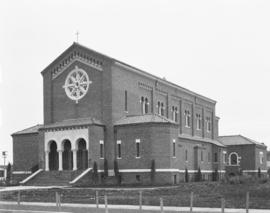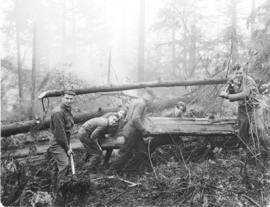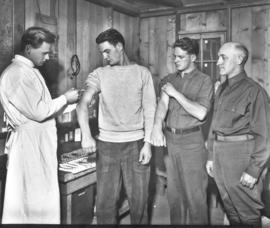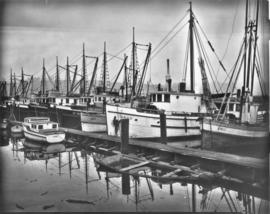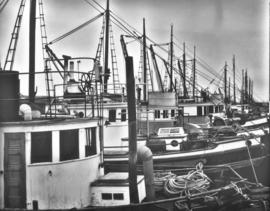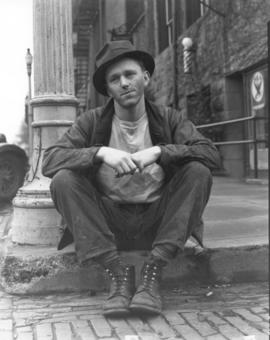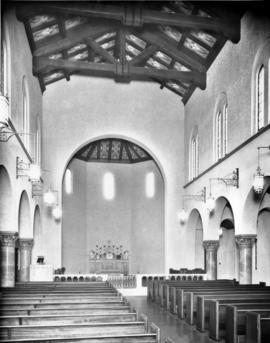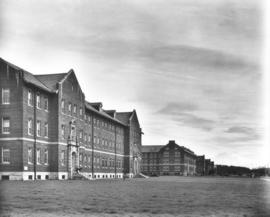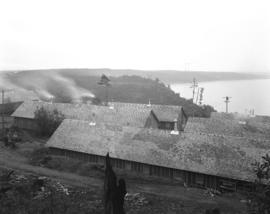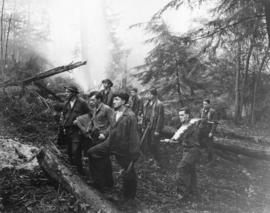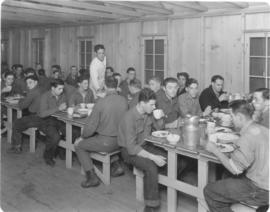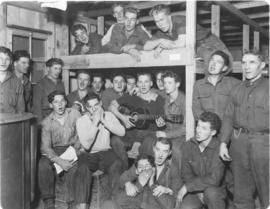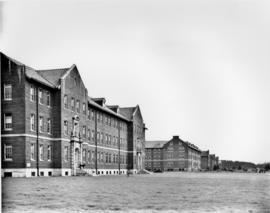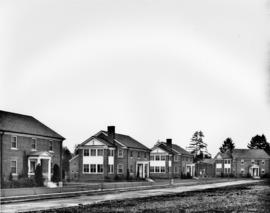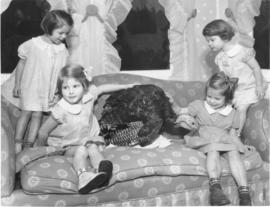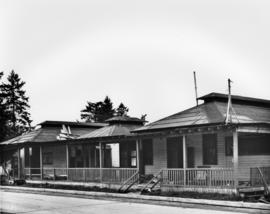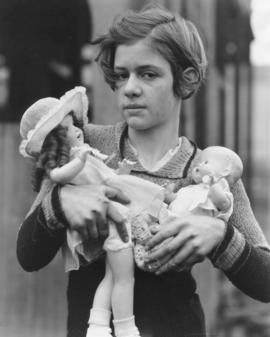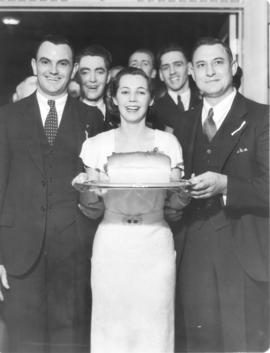- Item
- 1934-10
Part of Richards Studio Photographs
Washington State Historical Society secretary William P. Bonney poses next to the "Lister" table in front of the Ferry Museum. The table was donated to the Society on the 50th anniversary of the arrival of the J.H. Lister family in Tacoma. The family emigrated from England and established Standard Iron Works on East 23rd. Second generation Listers included Arthur, Ernest, Alfred, Albert and sister Mrs. D.M. McInnis. Arthur served for 25 years as the superintendent of the pattern department of the Northern Pacific Railroad shops in South Tacoma. Ernest was elected governor in 1912 and reelected in 1916. He died in office three years later. Alfred served as city controller, manager of the Tacoma school board and president of Tacoma Savings and Loan. Albert was a prosperous farmer outside of Olympia and his sister's family had a farm on McNeil Island. (T. Times 10/13/1934, pg. 9 E.T. Short's column "After Many Years")
Bonney, William P.; Washington State Historical Society (Tacoma); Galleries & museums--Tacoma--1930-1940; Ferry Museum (Tacoma); Antiques;
